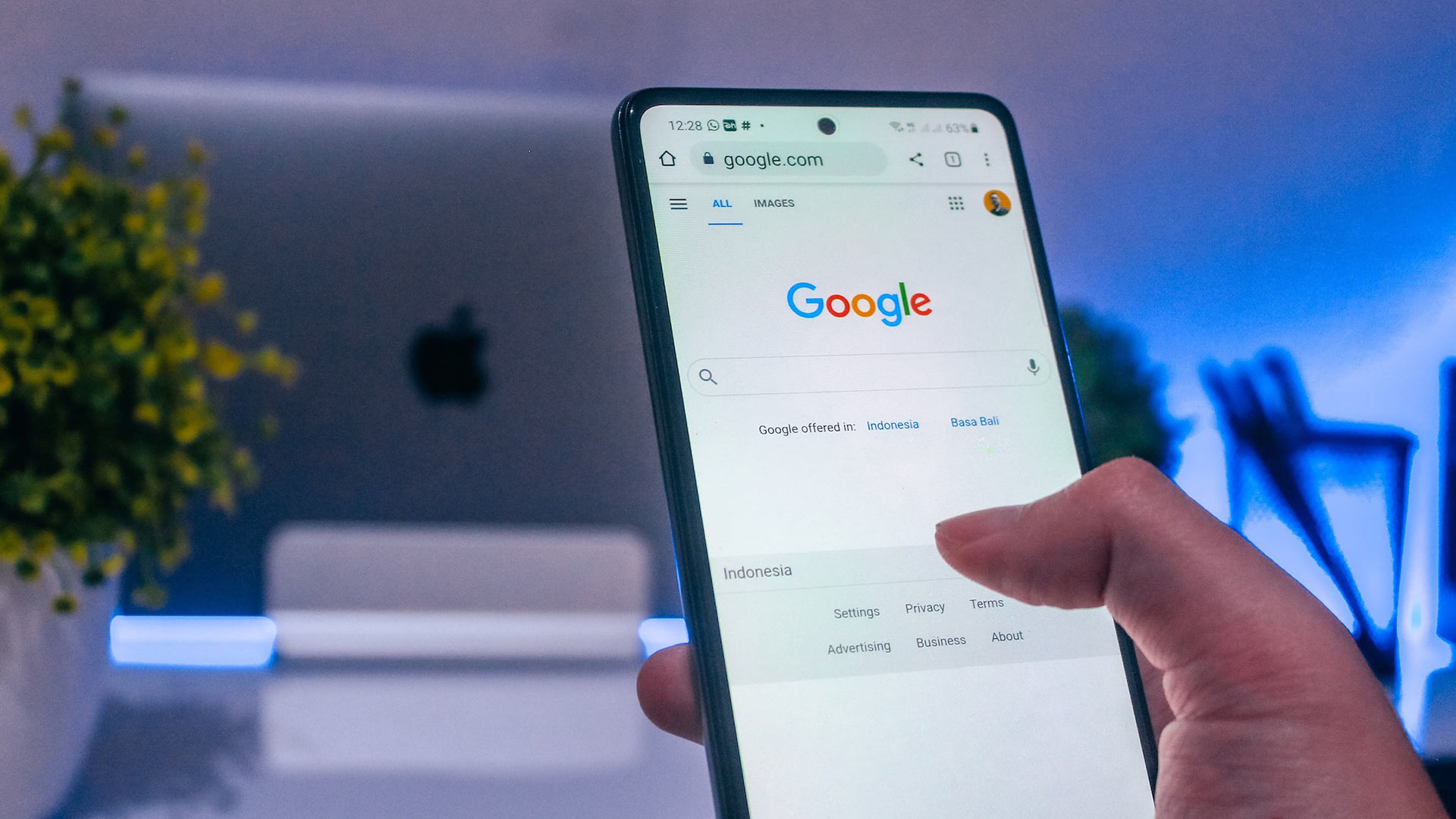When someone hears your company’s name, what pops into their head? Do they instantly get your brand and what you’re all about? Or do you fade into the background, lost in the sea of competitors?
Brand identity isn’t just about logos and color schemes—it’s about creating that spark, that emotional connection that makes people think, “Yeah, I like this company!”
A strong brand identity builds trust, creates loyalty, and sets your business apart from the noise. Consider these stats:
- Brands that lead with a clear purpose grow at twice the rate of those that don’t. (Kantar)
- Consistent brand presentation increases revenue by up to 23%. (Forbes)
- 59% of customers prefer to buy from brands they trust. (Edelman)
At Green Apple Strategy, we see branding as the sweet spot where your business goals, your marketing strategy, and your messaging all come together. If you want to build a strong, recognizable brand, these five principles will set the foundation.
1. Find Your “Why” (Seriously, It Matters)
Before you even think about a logo or a tagline, you have to figure out your purpose. As the wise Simon Sinek once said, “People don’t buy what you do; they buy why you do it.”
When First Acceptance, an auto insurance company, approached us for an employee engagement and recruitment campaign, we knew their “why” had to be the foundation. We conducted in-depth interviews with employees across all levels to uncover what made First Acceptance unique. The result? A core messaging framework rooted in purpose and values that resonated with customers and with First Acceptance employees, driving engagement and brand loyalty from the inside out.
2. Give Your Brand Some Personality!
A brand without personality is like a robot at a party—forgettable. Are you bold and innovative? Or warm and friendly? Your brand’s personality should shine through in everything you do.
When leading solar energy provider Silicon Ranch needed a brand refresh and a new website, we helped them craft a personality that positioned them as an industry leader. Instead of blending in with competitors, we defined a brand voice that was authoritative yet down to earth in order to resonate with their target audience across the Southeast. This brand personality became the backbone of their refreshed identity, setting them apart in a rapidly growing industry.
3. Get to Know Your Ideal Customer
If you’re trying to talk to everyone, you’re basically talking to no one. You need to know who your customers are, what they need, and how they like to interact with you. Tapping into the power of customer personas is key to marketing success.
As CaringWays prepared to launch a crowdfunding platform for medical expenses, they realized an opportunity to shift the target audience. By reevaluating their buyer personas, they changed their messaging and presence to better connect with healthcare providers, companies, and non-profits. This strategic pivot allowed them to build a brand that spoke directly to the needs and emotions of their ideal audience.
4. Be Consistent (Everywhere!)
Your brand should be instantly recognizable—no matter where a customer encounters it. Consistency strengthens brand recognition and trust, and it requires a coordinated effort across websites, social media, email, and advertising.
GivingTuesday is one of Survivor Fitness’s biggest fundraising days. To stand out in a crowded space, we developed a compelling campaign theme to use across all channels—email, social media, influencer marketing, and more. The result? A cohesive, eye-catching campaign that resonated with their audience and drove meaningful engagement.
5. Don’t Forget Your Team!
Your employees are your biggest brand ambassadors. If they don’t understand or believe in your brand identity, neither will your customers. A strong internal marketing strategy ensures that your team embodies the brand’s mission and values.
When Urban Sweat acquired 10+ new franchises, they faced a challenge—how to maintain a strong brand identity while integrating new team members. We developed internal communication strategies that introduced each franchise to the Urban Sweat brand, creating alignment across all locations. This not only helped with employee buy-in but also ensured a consistent experience for customers, no matter which location they visited.
Turn Your Strategy into Identity and Impact
Building a strong brand is about more than just looking good. It’s about purpose, personality, and consistency. When you get it right, your brand becomes an experience people love.
If you think your brand could use a little TLC, we’re here to help! At Green Apple Strategy, we love crafting marketing plans that make a real impact.
Learn more about our unique process or connect with our team to discuss how we can help your brand shine!




